¿Cómo elegir? ¿Neumáticos con cámara o sin cámara?
A la hora de elegir los neumáticos adecuados para tu bicicleta, la decisión entre cubiertas convencionales y tubeless puede resultar complicada. Ambas opciones tienen sus ventajas e inconvenientes, así que ¿cómo saber cuál es la mejor para ti?
¿Qué son los neumáticos Clincher?
Las cubiertas de llanta son la opción tradicional para la mayoría de los ciclistas. Estas cubiertas tienen una cámara de aire independiente que se aloja dentro de la carcasa. El talón de la cubierta se engancha a la llanta, fijándola en su lugar. Las cubiertas de llanta son fáciles de instalar y reparar, lo que las convierte en una opción popular entre los ciclistas.

¿Qué son los neumáticos sin cámara?
Los neumáticos sin cámara, por otro lado, no requieren cámara. En su lugar, el propio neumático crea un sello hermético con la llanta, lo que permite rodar sin preocuparse por los pinchazos. Los neumáticos sin cámara son conocidos por su capacidad de funcionar a presiones más bajas, lo que proporciona una mejor tracción y una conducción más suave en terrenos irregulares.

¿Cuáles son sus ventajas y desventajas?
Neumáticos de cubierta
Ventajas:
• Facilidad de instalación y reparación : Las cubiertas de cámara son fáciles de instalar y reparar. Si se produce un pinchazo, cambiar la cámara es rápido y sencillo.
• Asequibilidad: Generalmente, los neumáticos con cámara y sus cámaras son más asequibles que los sistemas sin cámara.
• Disponibilidad: Ampliamente disponible en diversas marcas y modelos, lo que facilita encontrar repuestos.
Contras:
• Propenso a pinchazos: Más susceptible a pinchazos en comparación con los neumáticos sin cámara.
• Mayor presión: Requiere una mayor presión de los neumáticos, lo que puede resultar en una conducción menos cómoda.
Neumáticos sin cámara
Ventajas:
• Menor presión: Puede funcionar a presiones más bajas, lo que proporciona una conducción más suave y cómoda.
• Resistencia a los pinchazos: Menos propenso a pinchazos. El sellador dentro del neumático puede sellar automáticamente los pequeños agujeros.
• Rendimiento: Suele proporcionar mejor tracción y resistencia a la rodadura.
Contras:
• Instalación compleja: La instalación de neumáticos sin cámara puede ser más complicada y puede requerir un compresor de aire.
• Mantenimiento: Requiere mayor mantenimiento, como la adición periódica de sellador.
• Coste: Generalmente más caro que los neumáticos con cubierta.
¿Cuál elegir?
• Para ciclistas ocasionales: Si prefiere la facilidad de uso y la asequibilidad, las cubiertas de cubierta son una excelente opción.
• Para ciclistas orientados al rendimiento: Si priorizas la comodidad, el rendimiento y la resistencia a los pinchazos, los neumáticos sin cámara podrían valer la pena el esfuerzo y el costo adicionales.
¿Por qué las bicicletas actuales de SAVA utilizan neumáticos con cubierta en lugar de neumáticos sin cámara?
1. Instalación y mantenimiento
La instalación y el mantenimiento de los neumáticos con cámara son relativamente sencillos. Cambiar la cámara y reparar el neumático son tareas relativamente fáciles. En cambio, la instalación y el mantenimiento de los neumáticos sin cámara son más complicados y requieren el uso de bombas especiales y líquidos reparadores de neumáticos.
2. Compatibilidad
Los neumáticos de cubierta son más compatibles con la mayoría de las ruedas y no requieren un tratamiento especial de estas, mientras que los neumáticos sin cámara requieren diseños específicos de ruedas para garantizar el sellado.
3. Demanda del mercado
Si bien los neumáticos sin cámara ofrecen ventajas en rendimiento y comodidad, no todos los ciclistas necesitan estas características. Para los desplazamientos diarios y el ciclismo recreativo, los neumáticos con cámara son suficientes.
4. Facilidad de mantenimiento
Durante un paseo, si se revienta una cubierta, las cubiertas convencionales permiten cambiar la cámara rápidamente, mientras que la reparación de las cubiertas sin cámara es más compleja y requiere líquidos reparadores. Por eso, muchos se preguntan: ¿se pueden usar cubiertas sin cámara en las bicicletas SAVA? La respuesta es sí, basta con sustituir las ruedas por cubiertas compatibles con tubeless.
En definitiva, la mejor opción depende de tus necesidades específicas y de las condiciones de conducción. Considera qué aspectos son más importantes para ti, como la facilidad de mantenimiento, el coste y las ventajas en cuanto a rendimiento.




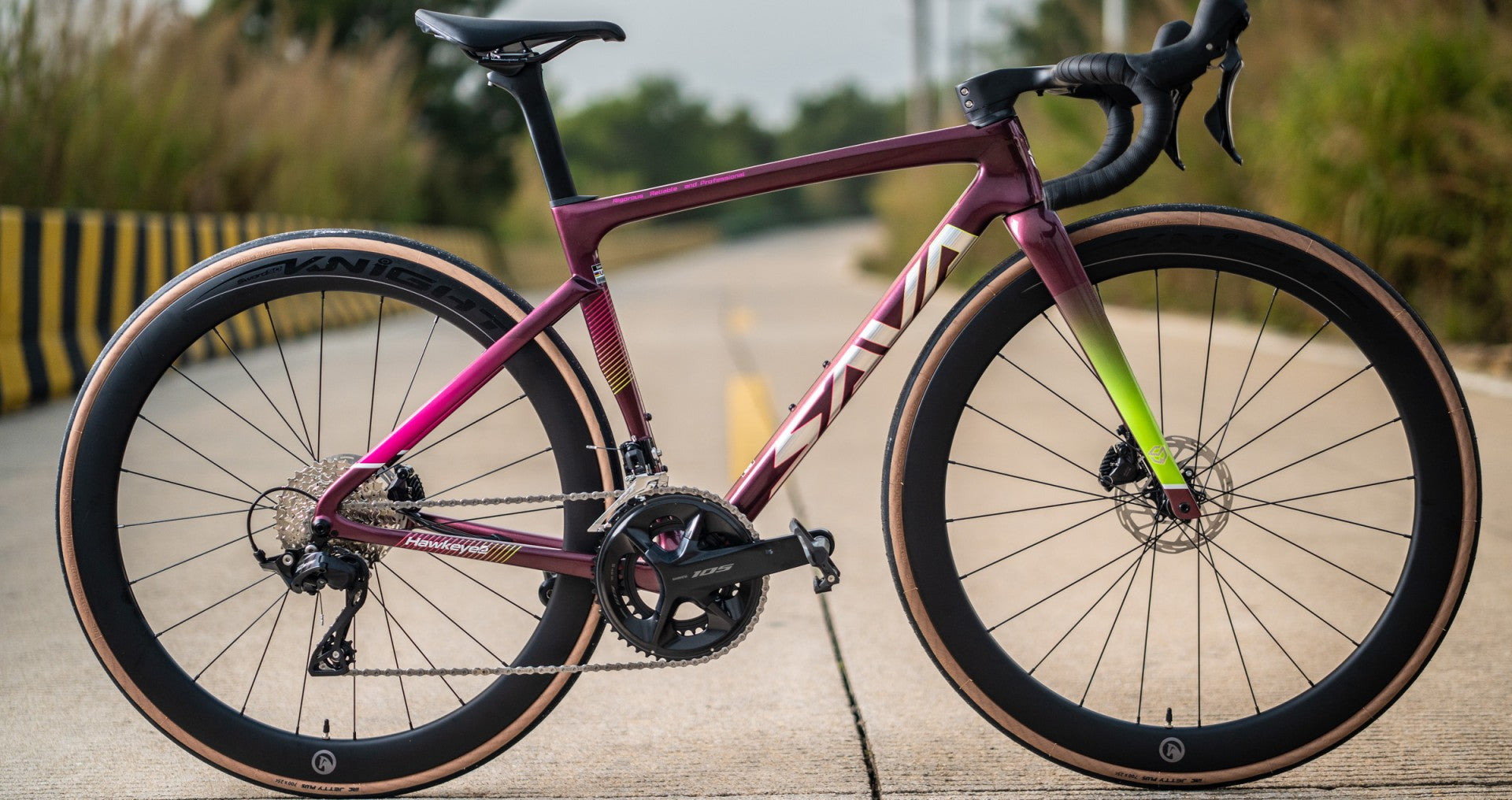
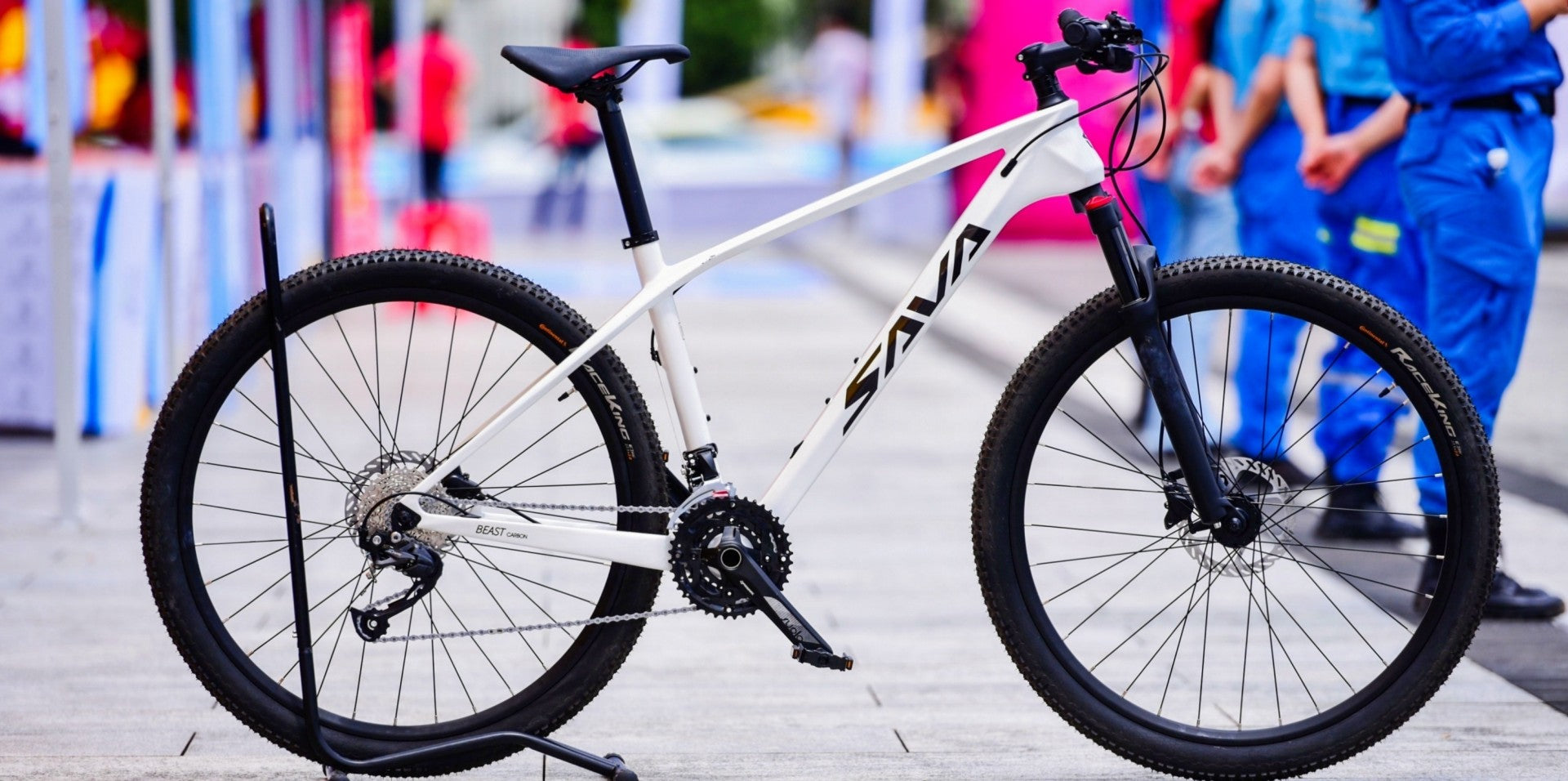
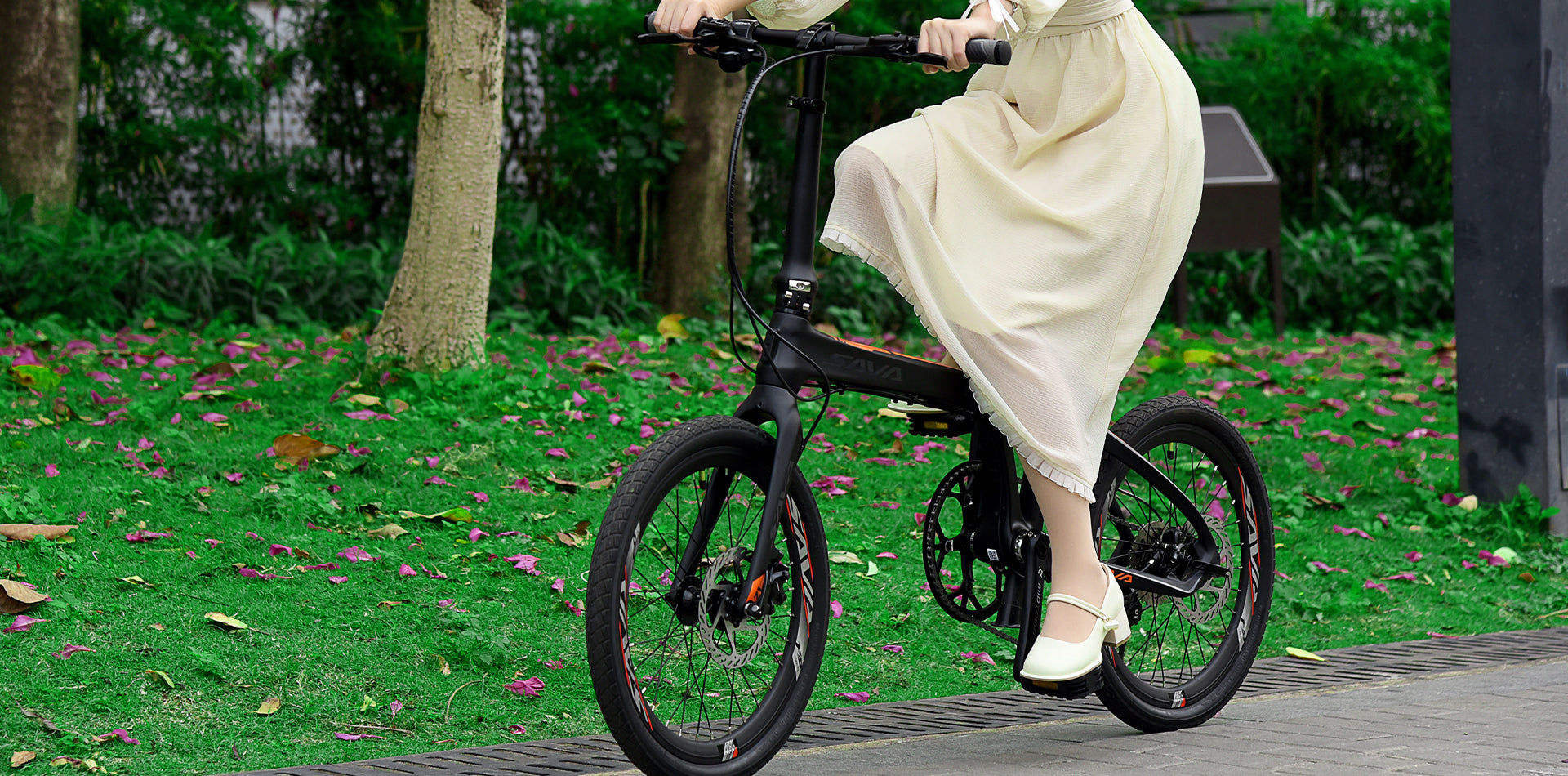
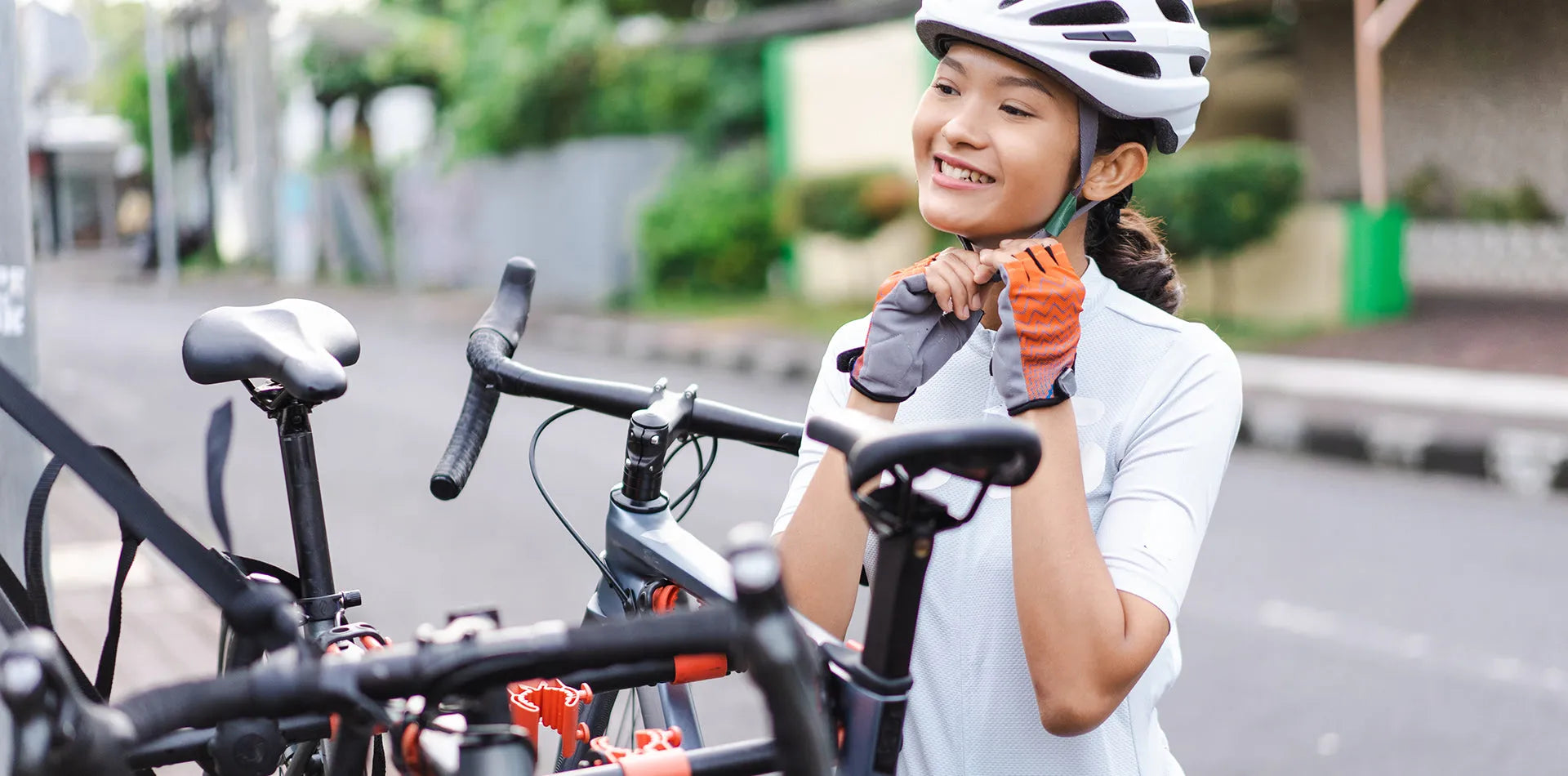
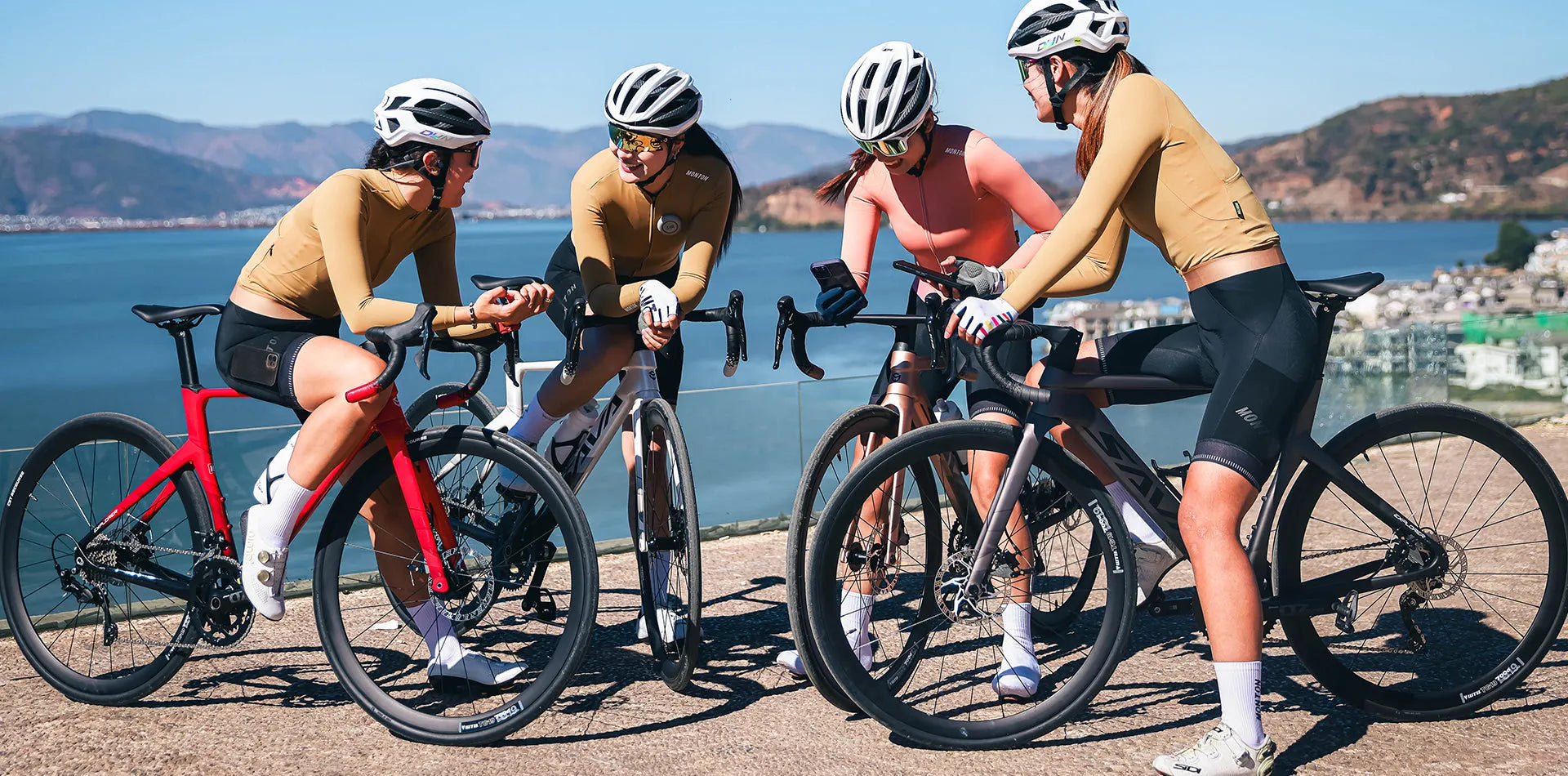
Deja un comentario